Roland F-130R Manual
| Mærke: | Roland |
| Kategori: | Klaver |
| Model: | F-130R |
Har du brug for hjælp?
Hvis du har brug for hjælp til Roland F-130R stil et spørgsmål nedenfor, og andre brugere vil svare dig
Klaver Roland Manualer
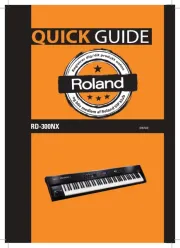
7 September 2025
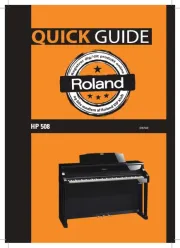
19 August 2025
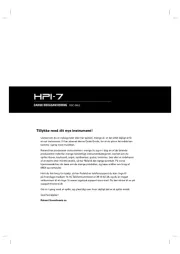
3 August 2025
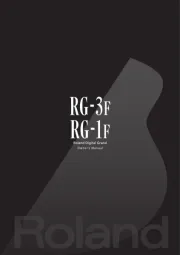
3 August 2025
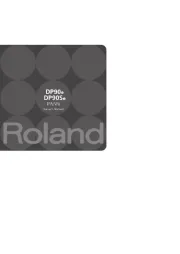
2 August 2025
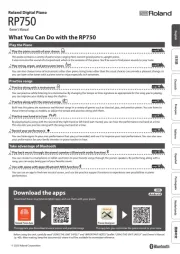
17 Juli 2025

5 Juli 2025
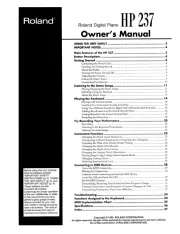
21 Juni 2025

29 September 2024

21 September 2024
Klaver Manualer
- Kurzweil
- Casio
- Native Instruments
- Thomann
- IDance
- Hammond
- Nord
- Medeli
- Technics
- Startone
- Carry-on
- Yamaha
- Max
- Orla
- NUX
Nyeste Klaver Manualer
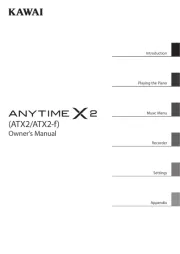
8 Oktober 2025
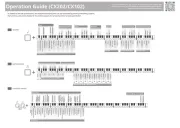
7 Oktober 2025
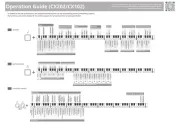
7 Oktober 2025
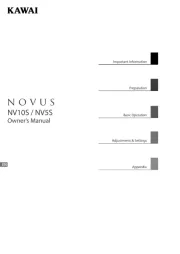
7 Oktober 2025
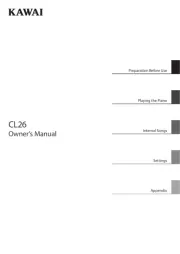
3 Oktober 2025
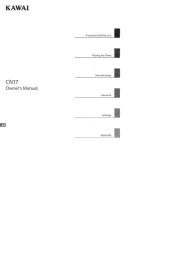
2 Oktober 2025

2 Oktober 2025
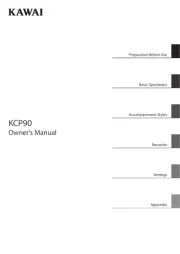
1 Oktober 2025
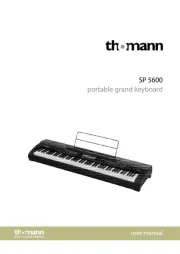
1 Oktober 2025
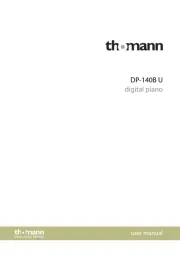
1 Oktober 2025
